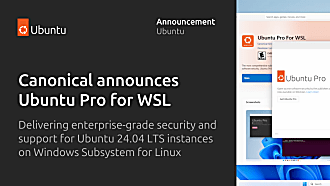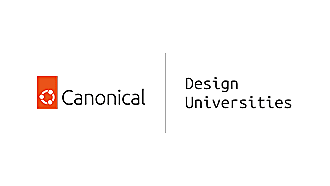Canonical
on 6 January 2012
With Unity we have been trying to raise the bar innovating in the User Experience with new UI elements, such as Dash and Overlay Scrollbars. But this shouldn’t come at the cost of overlooking less exciting but essential core areas of the OS.
Last cycle we started thinking about how to improve System Settings, and in Precise we hope some of these improvements can start landing.
After examining the current panels and a number of interesting and useful discussions with GNOME upstream, we have defined a small but useful set of changes that we hope will add another level of refinement.
Besides the usual detailed tweaks to options + related widgets, there were other areas we looked at. These are:
- layout consistency
- Unity customisation options
- simplified structure
Switch pattern consistency
With the introduction of the switch widget in GTK 3, and consequentially in GNOME System Settings, different layout patterns have emerged. However, unlike its use in mobile design patterns where it is aligned to the right of its label, in System Settings there were instances of it aligning to the bottom or left of its label.
Because this mobile pattern is here to stay, and it is also easily encapsulable (eg. in menus), made sense to bring consistency to its alignment. Also cognitively, the control should be “after” the label.
This is the result:

Where the description under the header is optional.
Simplified structure
While adding new options to some panels, also reported in some bugs, it became obvious that a bit of reordering was necessary. The biggest change has been the removal of the Screen Settings. Its options have been distributed across more panels.
Where to start
You can review all the details starting from this document. As usual, specs and code are meant to be fixed, so I would be very grateful if you could share your most constructive opinions! 😉



